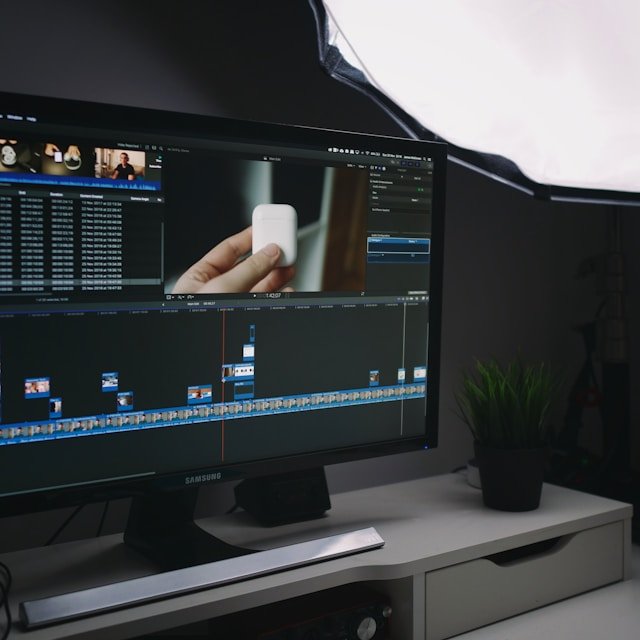In today’s fast-paced work environment, delivering information efficiently and effectively is crucial. One of the most powerful tools at your disposal is a well-crafted slideshow presentation. But how do you create a high-impact slideshow quickly without compromising on quality? Whether preparing for a meeting, pitching to clients, or conducting a training session, this guide will walk you through the steps to create a compelling slideshow in no time.
Understanding the Purpose of Your Presentation
Before you begin designing your slides, it is important to first understand the purpose of your presentation. Are you trying to inform, persuade, or entertain? Defining your objectives will help you create content that resonates with your audience. Knowing your audience is equally important—consider their interests, knowledge level, and what they expect to gain from your presentation.
Choosing the Right Tool for the Job
Many tools are available for creating slideshow presentations, but not all are equally effective. If you’re short on time, using an automatic slideshow maker can make a significant difference. These tools offer a variety of templates that you can easily customize to fit your needs. Look for features like built-in graphics, animation options, and font pairings that can save you time and effort. By using this tool, you can create a polished, professional presentation in minutes rather than hours.
Planning Your Slideshow
The key to a successful presentation is in the planning. Start by creating an outline of your presentation. Decide on the main points you want to cover and organize them logically. Next, determine the number of slides you need. A good rule of thumb is to have one slide for every minute of your presentation. Finally, set time limits for each slide to ensure you stay on track during your presentation.
Designing Your Slideshow
A visually appealing slideshow can significantly enhance the impact of your presentation. Start by selecting a consistent theme that aligns with your content and audience. Use colors, fonts, and layouts that are easy on the eyes and professional. Balance text with visuals—too much text can overwhelm your audience, while too many visuals can distract them from your message.
Incorporating Visual Elements
Visuals are a powerful way to convey information and keep your audience engaged. Use images and icons to illustrate your points, and incorporate charts and graphs to present data in an easily digestible format. However, be mindful not to clutter your slides. Animations and transitions can also enhance your presentation, but use them sparingly to avoid distracting your audience.
Writing Effective Content
The content of your slides should be clear, concise, and to the point. Incorporate bullet points and headings to divide the content, enhancing readability. Avoid long paragraphs—your slides should support what you’re saying, not serve as a script. Keep slide content minimal for greater impact.
Rehearsing Your Presentation
Once your slideshow is complete, it’s time to practice. Rehearse your delivery to ensure you’re comfortable with the material and can present it smoothly. Timing is critical—practice with a timer to make sure you stay within your allotted time. If possible, get feedback from colleagues and make any necessary adjustments.
Finalizing Your Slideshow
Before you present, take the time to review and refine your slides. Ensure consistency in design, font size, and color scheme across all slides. Check for any technical issues, such as broken links or incompatible media formats. A polished, error-free presentation will boost your confidence and leave a positive impression on your audience.
Delivering Your Presentation
When it’s time to present, remember to engage your audience. Make eye contact, use gestures, and vary your tone to keep them interested. Be prepared to handle questions and interactions during and after your presentation. If you feel nervous, take deep breaths and focus on delivering your message clearly and confidently.
Common Mistakes to Avoid
Creating a high-impact slideshow quickly doesn’t mean rushing through the process. Avoid common mistakes like overloading your slides with text, ignoring design consistency, and failing to practice your delivery. Taking the time to refine these aspects will make a significant difference in the quality of your presentation.
Conclusion
Creating a high-impact slideshow presentation quickly is entirely possible with the right approach. By understanding your objectives, choosing the right tools, and following a structured process, you can deliver a compelling presentation that resonates with your audience. Remember, preparation and practice are key to ensuring your slideshow leaves a lasting impression.


